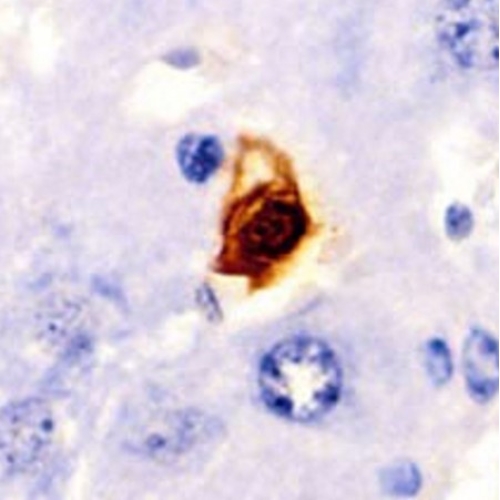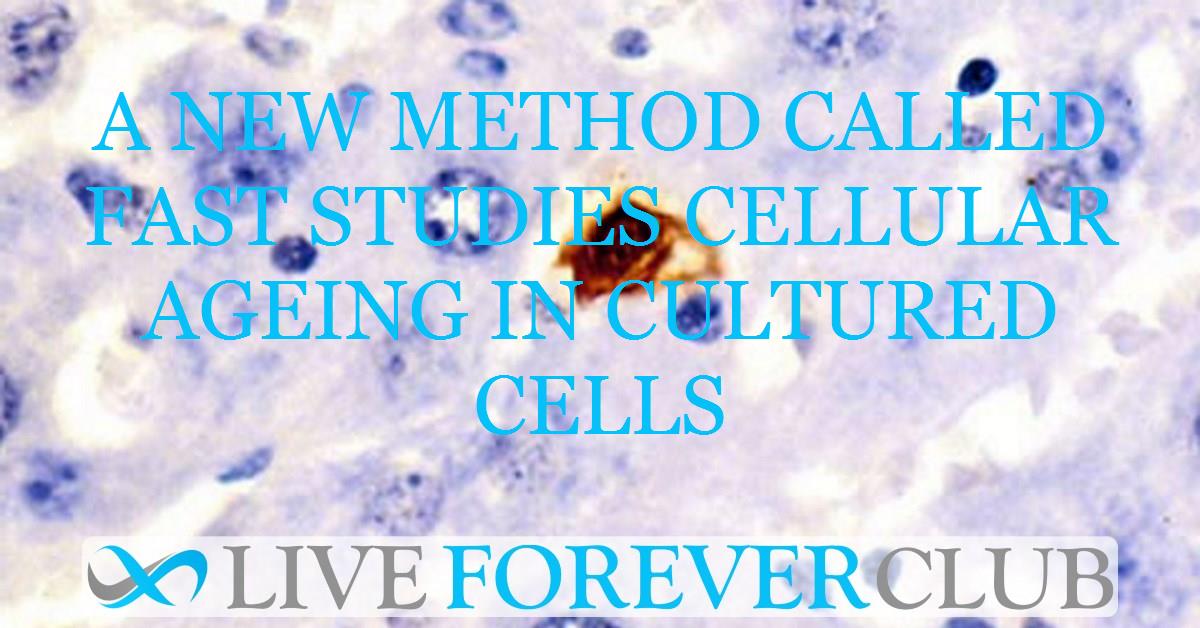Cellular senescence is a biological mechanism where cells stop dividing permanently. This isn't just ageing, but a deliberate response to internal stress like DNA damage or malfunctioning genes. While these cells can't divide, they remain alive and active, even releasing chemical signals that affect surrounding tissues.
Senescence plays a crucial role in preventing cancer. When a cell shows signs of turning cancerous, senescence throws up a roadblock, stopping it from dividing further. This protects the organism from uncontrolled growth.
However, senescence is a double-edged sword. With age, senescent cells accumulate in tissues. These cells release inflammatory signals that can disrupt communication and function, contributing to age-related diseases like arthritis, diabetes, and even Alzheimer's.
A recent paper introduces the Fully-Automated Senescence Test (FAST), an innovative image-based method for high-throughput single-cell assessment of senescence in cultured cells. FAST automates the quantification of three widely accepted senescence-associated markers: senescence-associated β-galactosidase activity (SA-β-Gal), proliferation arrest, and enlarged morphology.
Research details
This innovative approach uses high-throughput image analysis to quantify senescence-associated markers in cultured cells. The key features of FAST include:
Automated Image Analysis:
The first step involves employing advanced imaging technologies to capture detailed images of cultured cells. This can include techniques such as fluorescence microscopy or other high-resolution imaging methods.
The system is designed to automatically analyse these cell samples. Automation helps in efficiently processing large amounts of data and reduces the likelihood of human error.
Quantification of Markers:
The focus is on three main senescence markers:
- Senescence-associated β-galactosidase activity (SA-β-Gal): This marker is associated with the increased activity of the β-galactosidase enzyme, a characteristic feature of senescent cells.
- Cell proliferation arrest: Assessing the ability of cells to undergo proliferation, which is often altered in senescent cells.
- Changes in cell morphology: Analysing alterations in the physical structure and shape of cells, which can be indicative of senescence.
The system quantifies the expression or presence of these markers in the cultured cells. This quantification provides a measurable outcome for each senescence marker, contributing to a comprehensive assessment.
Analysing SA-β-Gal and EdU-Positive Cells
FAST's precision is highlighted in its ability to detect significant increases in SA-β-Gal-positive cells in senescent samples. SA-β-Gal is a widely recognised marker of senescence. Similarly, the method's capacity to show a decrease in EdU-positive cells — indicative of reduced proliferation — in senescent samples compared to non-senescent controls is crucial. This dual analysis provides a more comprehensive picture of the senescence status of cells.
Single-Cell Assessment:
Unlike aggregate assessments, FAST enables the evaluation of senescence markers at the individual cell level. This enhances the precision and granularity of the analysis, allowing for a more detailed understanding of heterogeneity within the cell population.
Compatibility with Various Cell Types:
The system demonstrates the ability to operate effectively with various cell types. This broad compatibility ensures that the approach can be applied to diverse biological samples, accommodating different characteristics and behaviors of cells.
The method is designed to work with different microscope configurations. This adaptability ensures that researchers can use their existing microscopy equipment, promoting ease of integration into different laboratory settings.
Addressing False-Positives in Senescence Markers
One of the critical advancements of FAST is its effectiveness in mitigating the issue of false-positive staining, a common challenge in senescence research. Traditional methods often yield misleading results due to non-specific staining or variations in culturing conditions. FAST's advanced imaging and analysis techniques reduce these inaccuracies, providing more reliable data.
FAST-tracking our understanding of ageing and disease:
The advent of the Fully-Automated Senescence Test (FAST) throws open a new window into the mysterious world of cellular ageing. Its ability to rapidly and precisely measure key senescence markers unlocks a treasure trove of possibilities for research on ageing and its associated diseases. Let's explore the profound implications of FAST:
Decoding the Ageing Landscape:
For decades, ageing has been a frustratingly opaque concept. FAST brings clarity by offering a powerful tool to quantify cellular senescence, a hallmark of ageing. By accurately measuring markers like SA-β-gal activity, proliferation arrest, and enlarged morphology across large cell populations, researchers can now map the landscape of ageing with unprecedented detail. This opens doors to understanding the precise dynamics of senescence in different tissues and cell types, revealing age-related changes at a granular level.
Unraveling Disease Mysteries:
Ageing isn't just about wrinkles and grey hair; it's a ticking time bomb for debilitating diseases like cancer, Alzheimer's, and heart disease. FAST empowers researchers to investigate the intricate link between senescence and these diseases. Studies can now pinpoint how senescent cells, with their inflammatory signaling and altered metabolism, contribute to disease progression. This deeper understanding paves the way for developing targeted therapies that specifically address the role of senescence in disease pathology.
Anti-Ageing Drug Discovery on FAST Forward:
The quest for the mythical "fountain of youth" might not lead to eternal life, but FAST empowers us to take significant steps towards healthier ageing. Its high-throughput capabilities streamline the screening of potential anti-ageing drugs. Researchers can rapidly assess how drug candidates influence senescence markers, allowing them to identify promising leads for further development. This could accelerate the discovery of drugs that target senescent cells directly, clear them from tissues, or even prevent their formation in the first place.
Personalised Medicine for Ageing:
FAST holds immense potential for personalised medicine. By measuring individual variations in cellular senescence profiles, researchers can predict who is at higher risk for age-related diseases. This empowers clinicians to personalise preventive strategies and treatment plans, tailoring interventions to target the specific cellular mechanisms driving disease in each individual.
5. The Secrets of Longevity:
Understanding the factors that promote healthy ageing has been a longstanding challenge. FAST offers a tool to investigate exceptional cases of human longevity. By comparing cellular senescence profiles of centenarians with those of the general population, researchers can identify protective mechanisms that potentially contribute to extended lifespans. This knowledge could unlock clues for promoting healthier ageing for everyone.
Credits
The research was conducted at the Buck Institute for Research on Aging, Novato, CA, USA, and associated institutions. The main contributing authors Birgit Schilling, Judith Campisi, among others. The study was published on bioRxiv.








